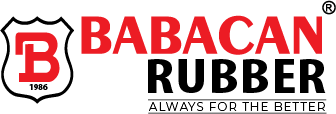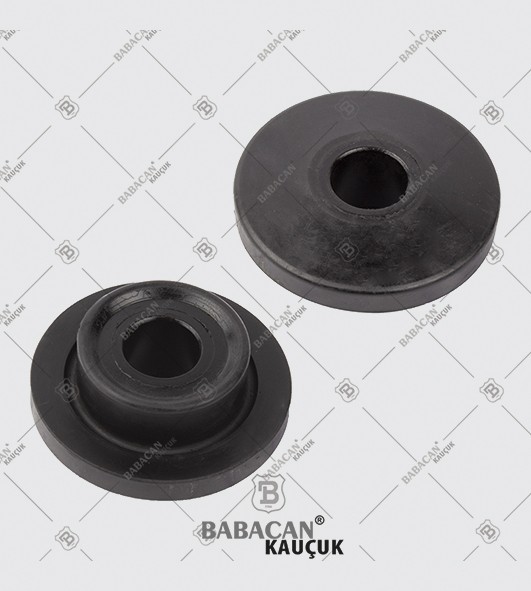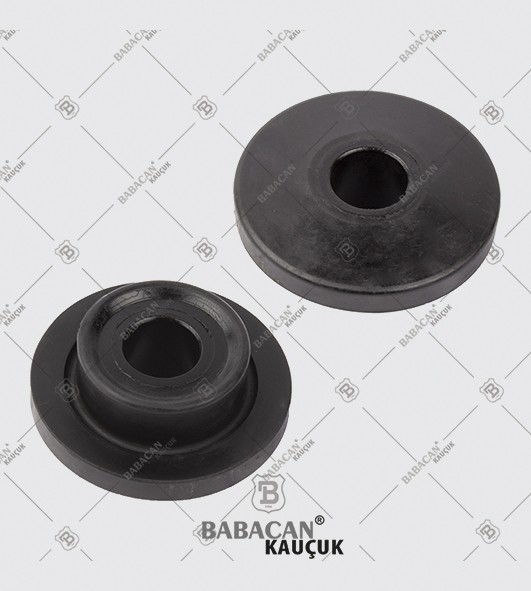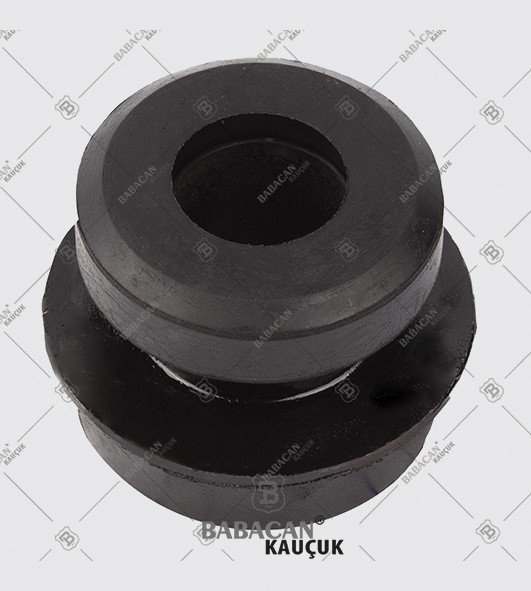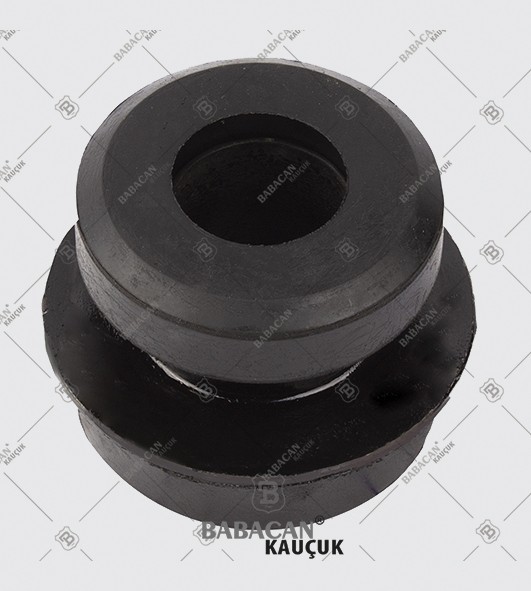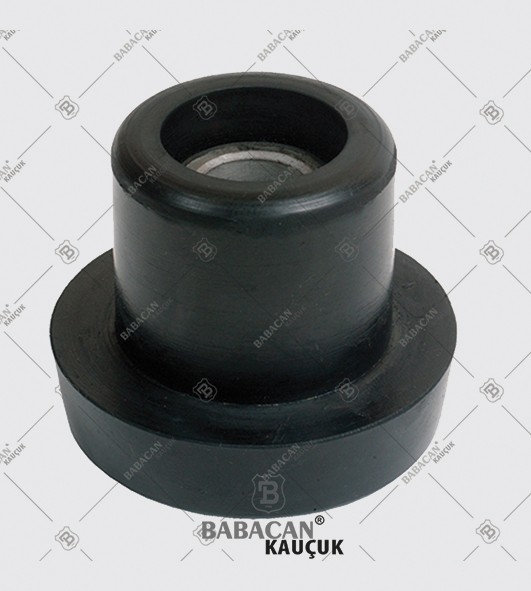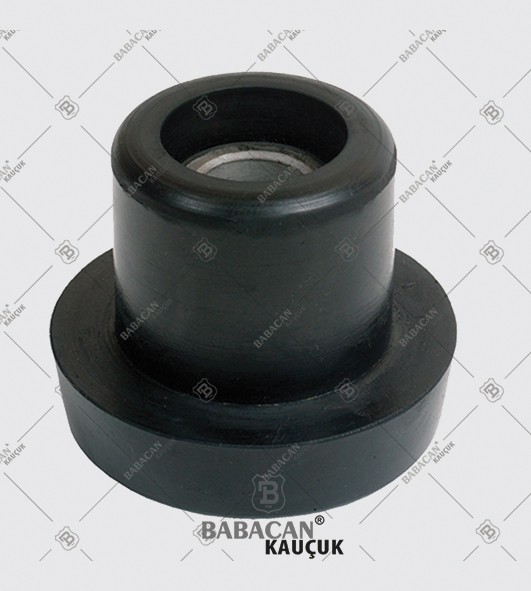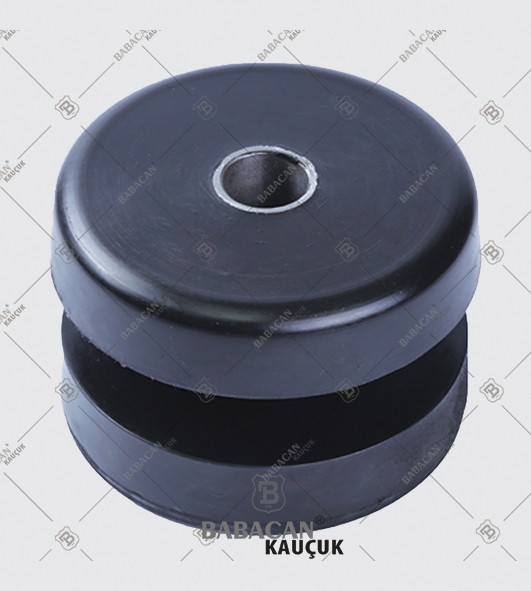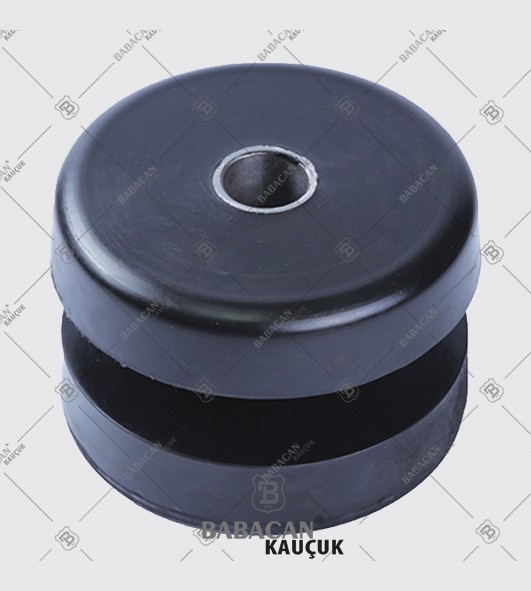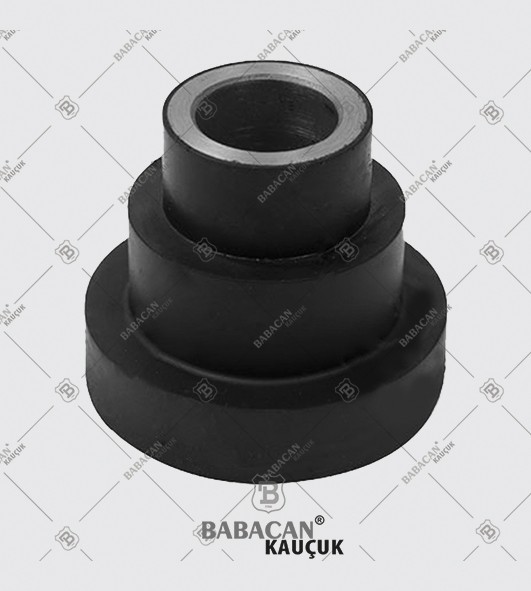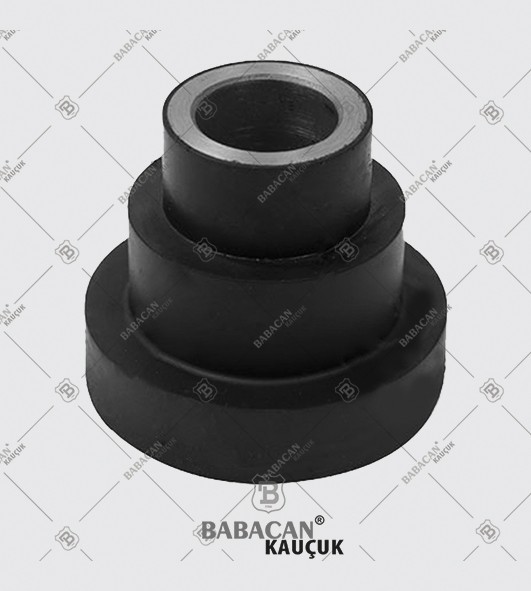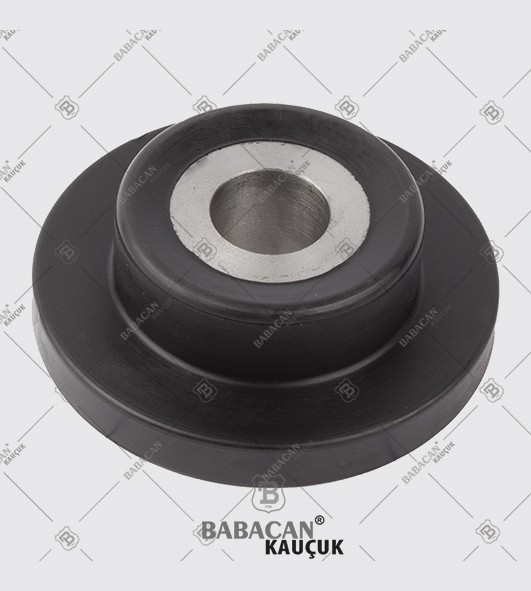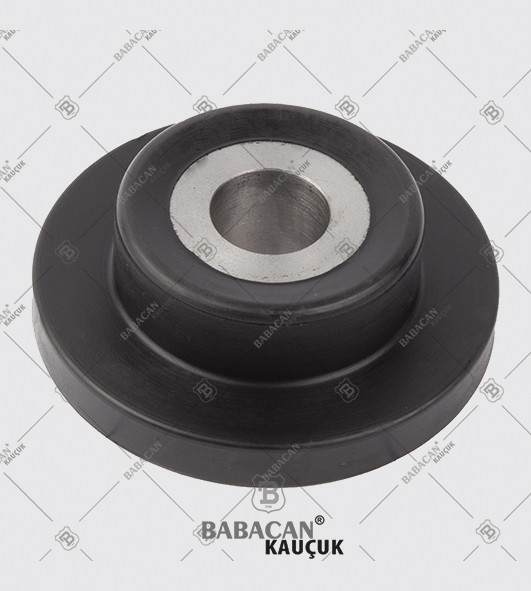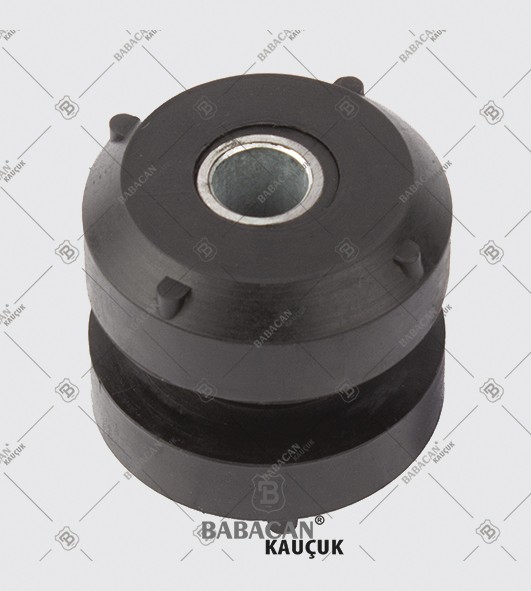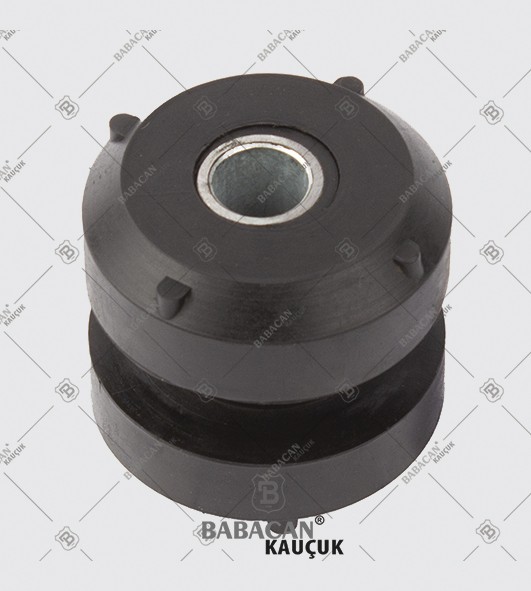Engine Mounting
Engine Mounting
Our range of Engine Mounts meets the highest standards of quality which provides them superior performance for a longer period of time. Available in flexible designs and superior quality our rubber mounts are offered as per the requirements of our clients at industry leading prices.
Connecting the engine to the chassis is the engine mount. Most mounts are constructed from rubber and steel, but rubber is more vulnerable to heat, chemicals, and external contaminants. Over time, the rubber material degrades, and you will feel vibrations and hear noises coming from the connection points. Without this part, power from the engine won't be transferred smoothly to the ground without rattling the chassis to pieces.
Engine mounts keep the engine in place at all times. Even if you try to mash your foot on the gas pedal to accelerate quickly, the engine won't twist itself from its place. One end of the mount is connected to the engine itself, while the other end is bolted securely to the vehicle frame. More than just securing the engine in place, the mounts fulfill another important role-isolating the surrounding steel from the harsh vibration as the engine produces power. Except for a few fancy types that employ viscous fluid or hydraulics, common mounts accomplish the job with rubber insulation in between two bonded metal parts. The rubber makes sure that the two metal mounting points are always together, while allowing minimal movement to absorb engine vibration.
Just like tires, kick balls, floor mats, or anything else made of rubber that takes a beating, engine mounts can also wear out and fail. Time and thousands of stops and starts take their toll on the rubber holding the metal of the engine mounts together. The rubber can crack, become spongy, or just plain fall apart. Liquids leaking onto the mount itself will accelerate this process. Oil, power steering, transmission fluid, or any other leaking liquid falling down upon the engine mount will rapidly impel its demise.
Engine power modifications in conjunction with overly spirited driving can also overcome the original design specifications of the engine mount and cause torque induced engine mount failure. If, when you put the pedal to the metal, there's a whole lot of shaking, thunking, and clunking coming from under the hood, then it may be time to inspect and replace the engine mounts
